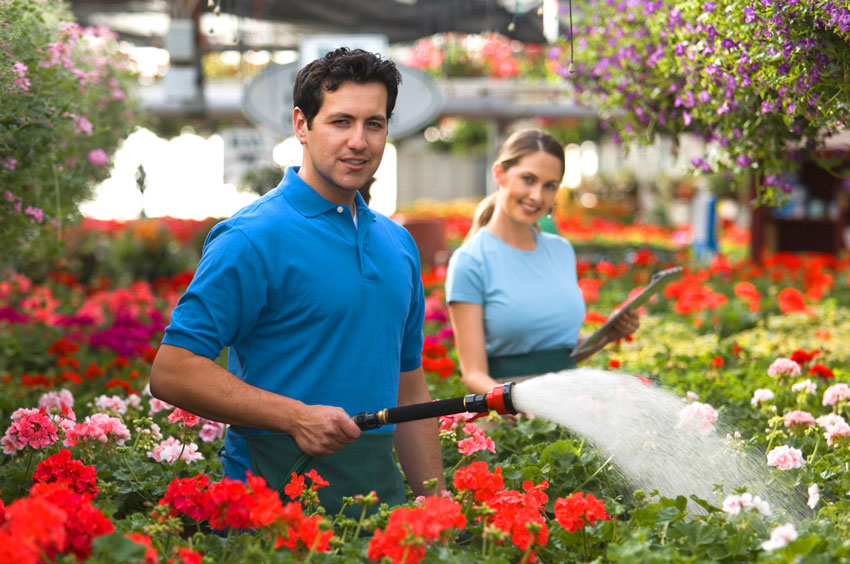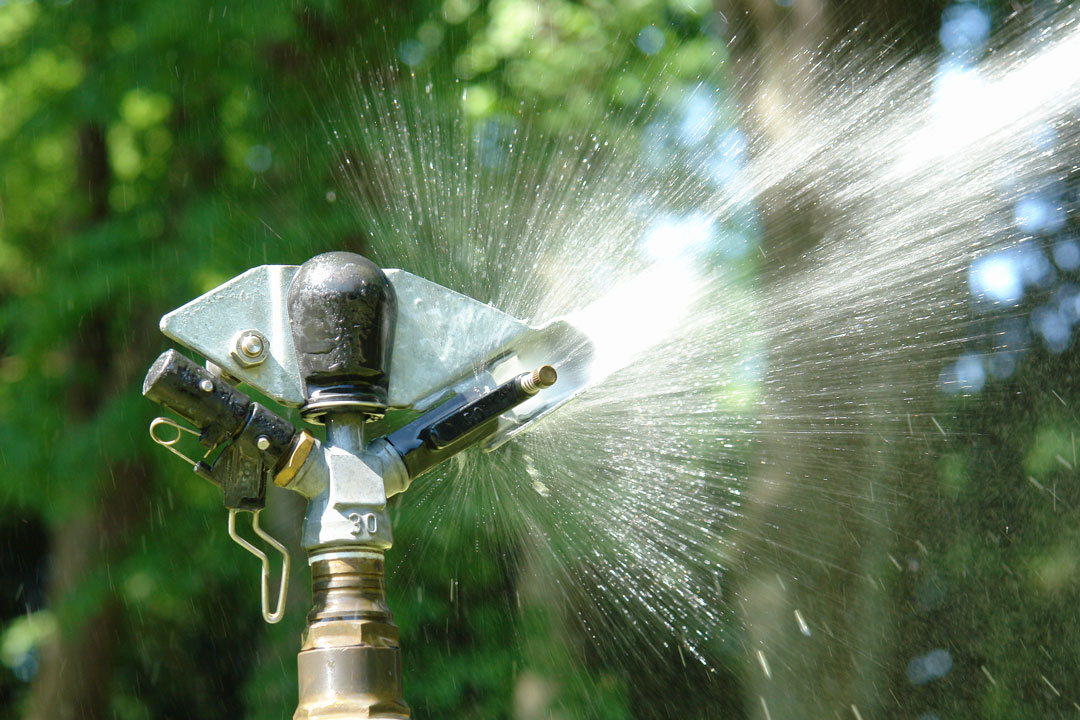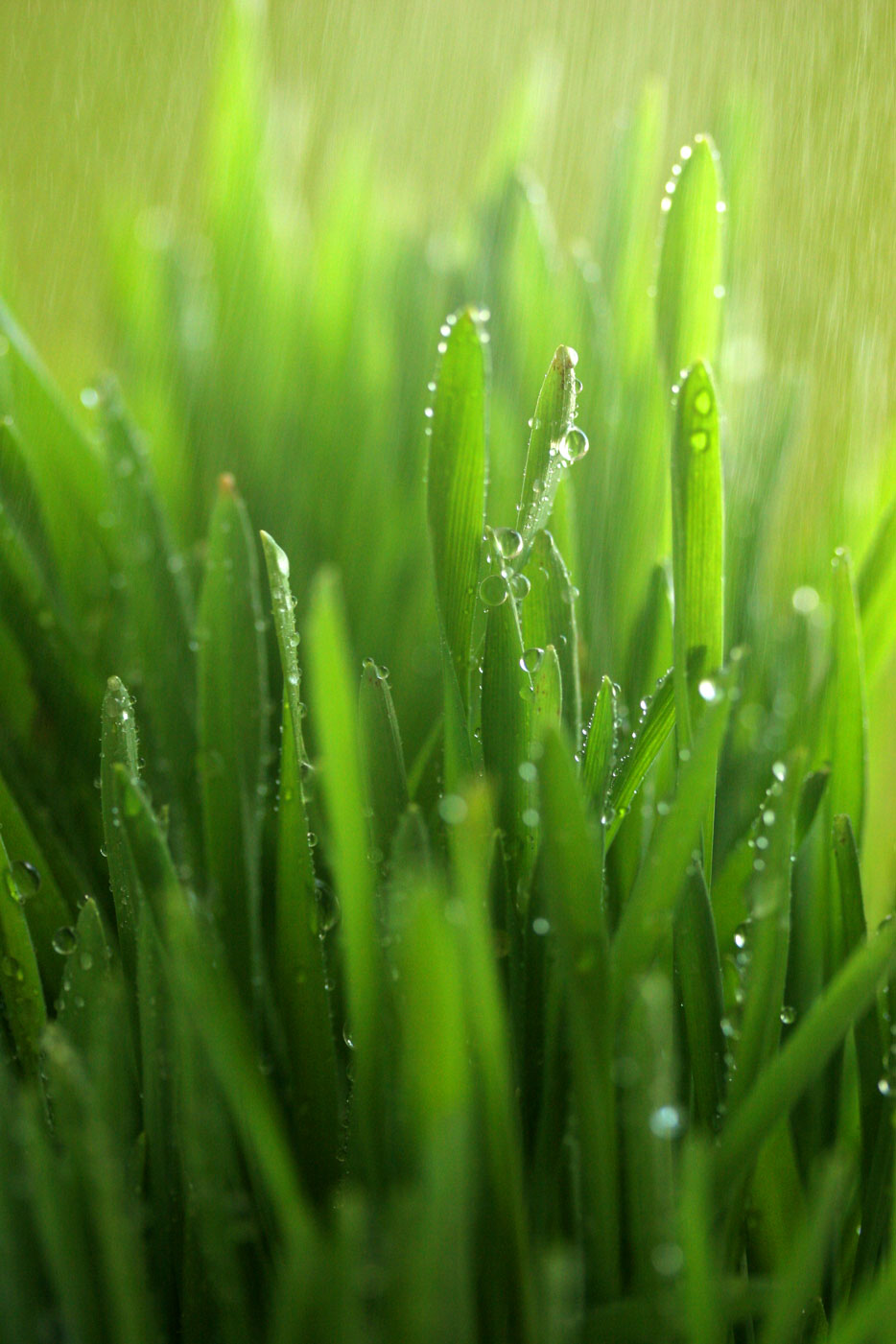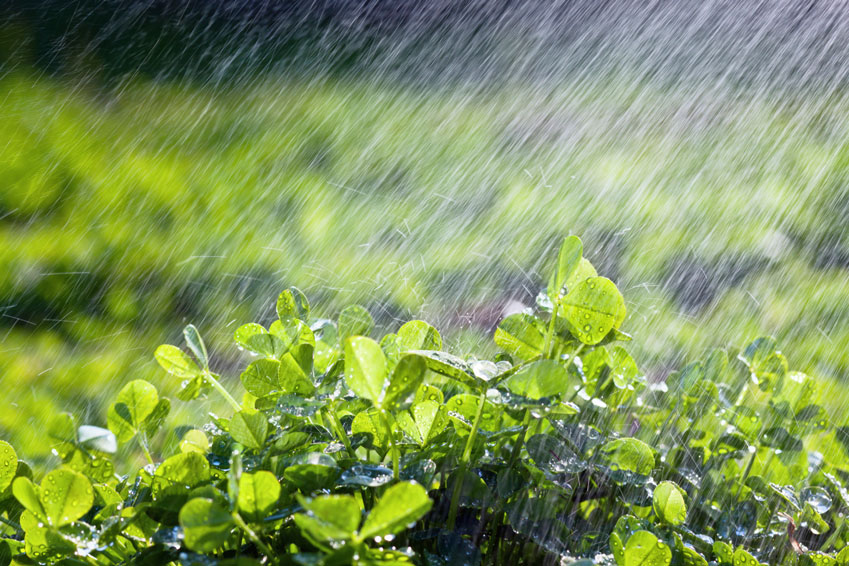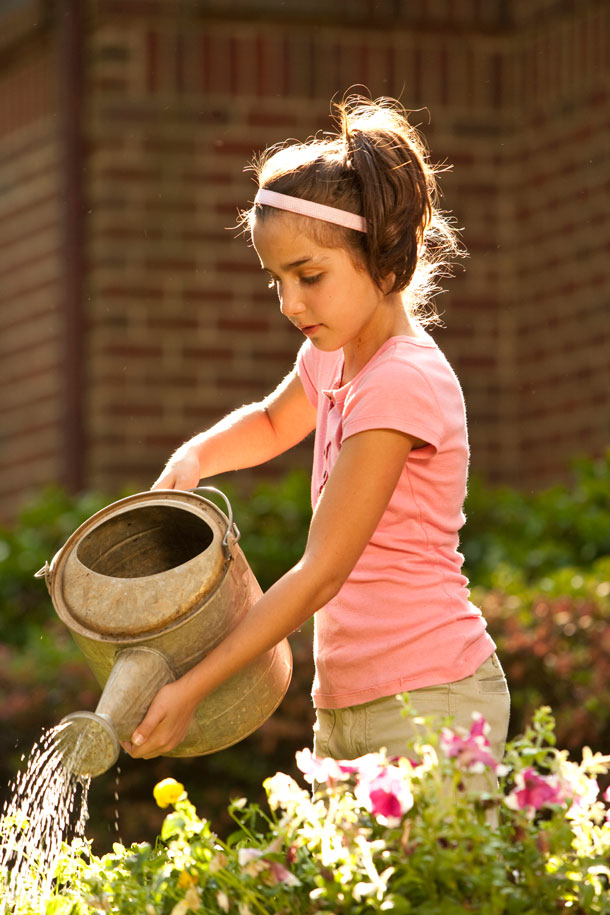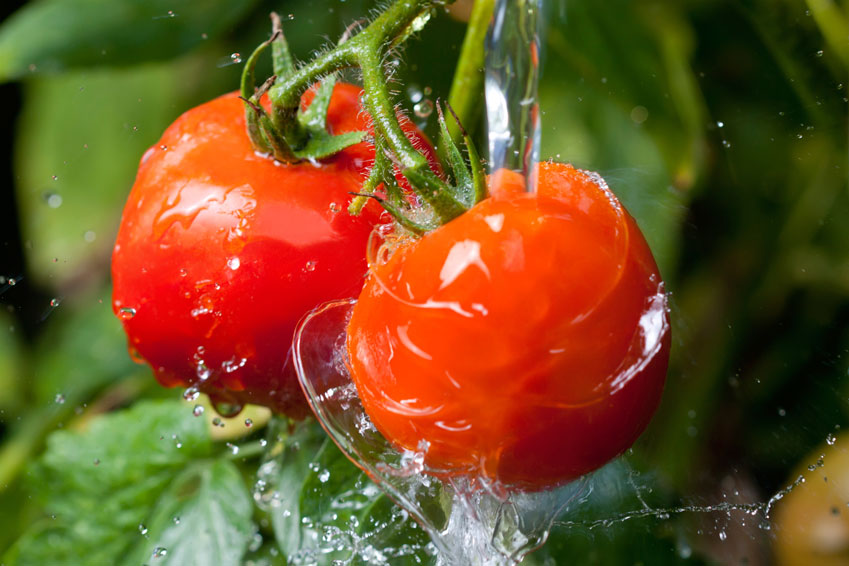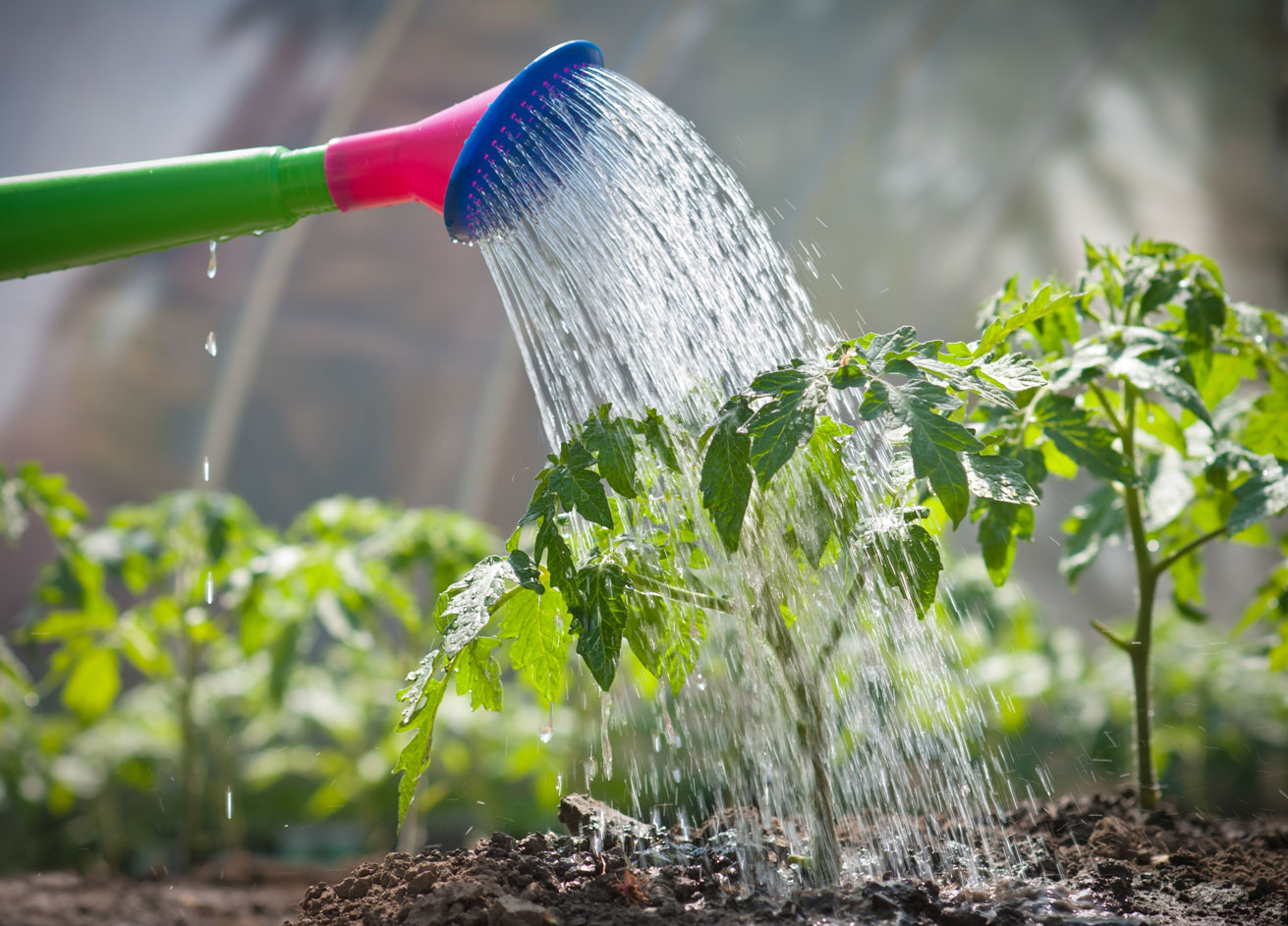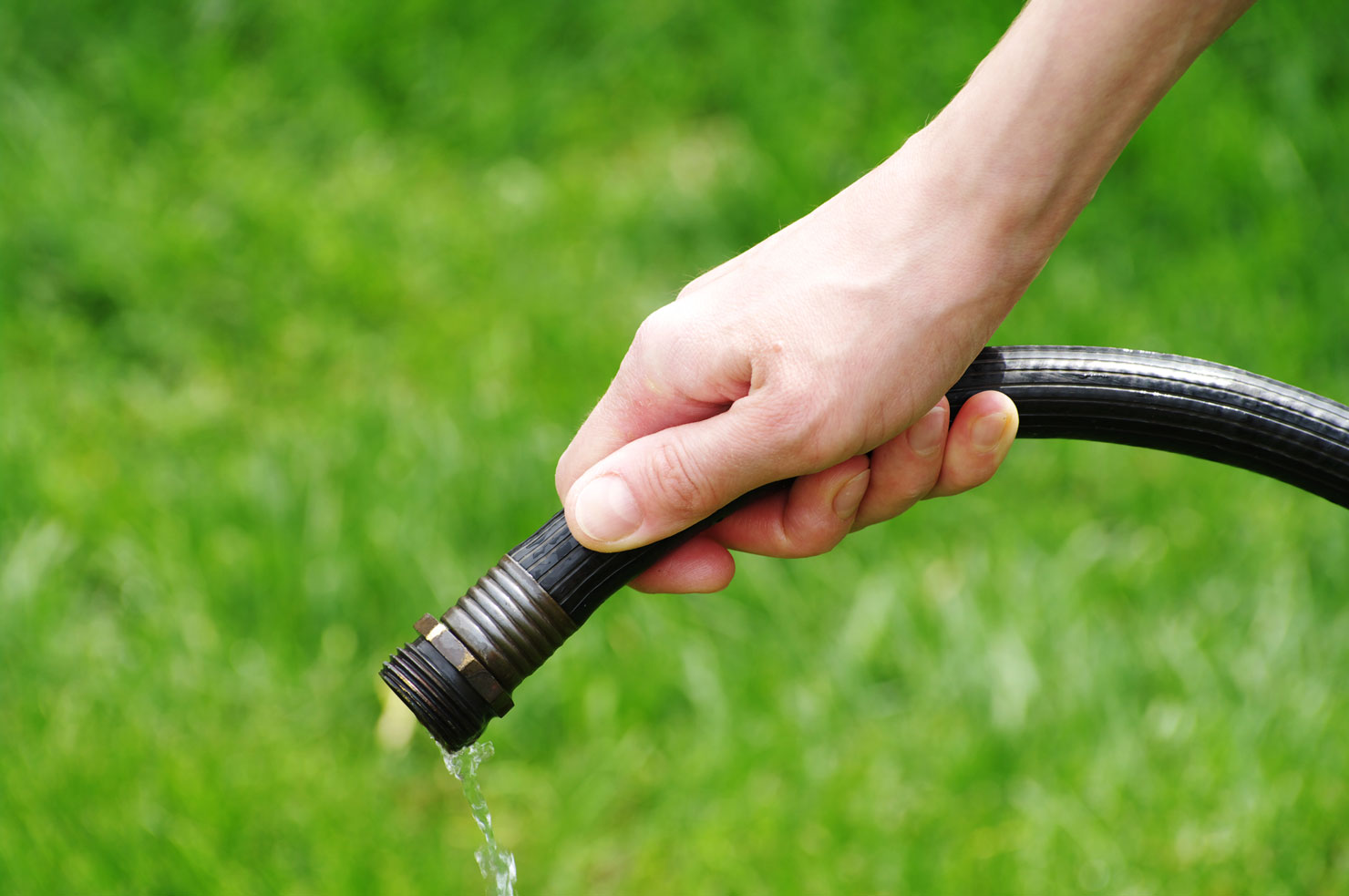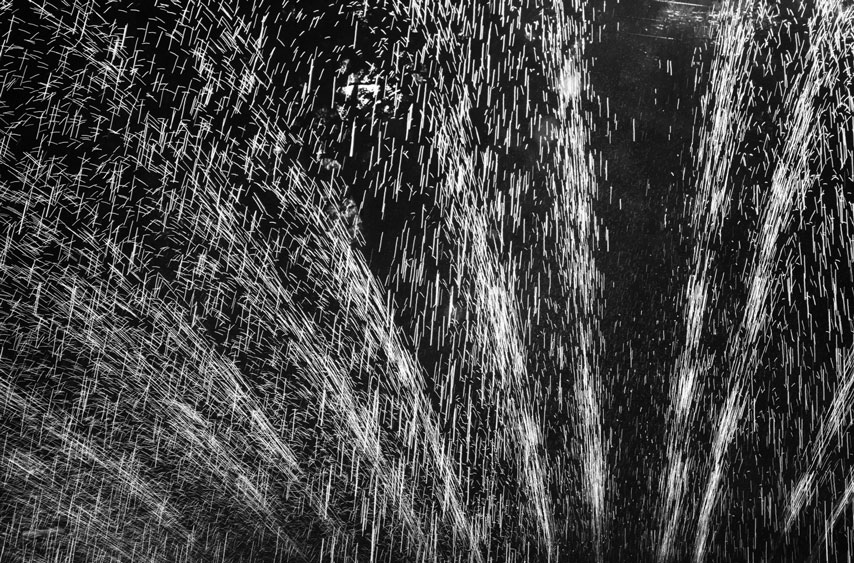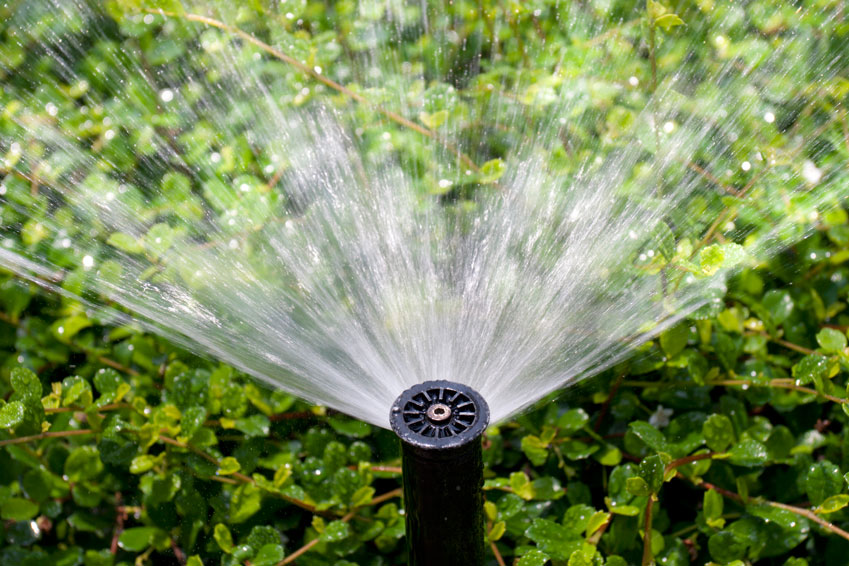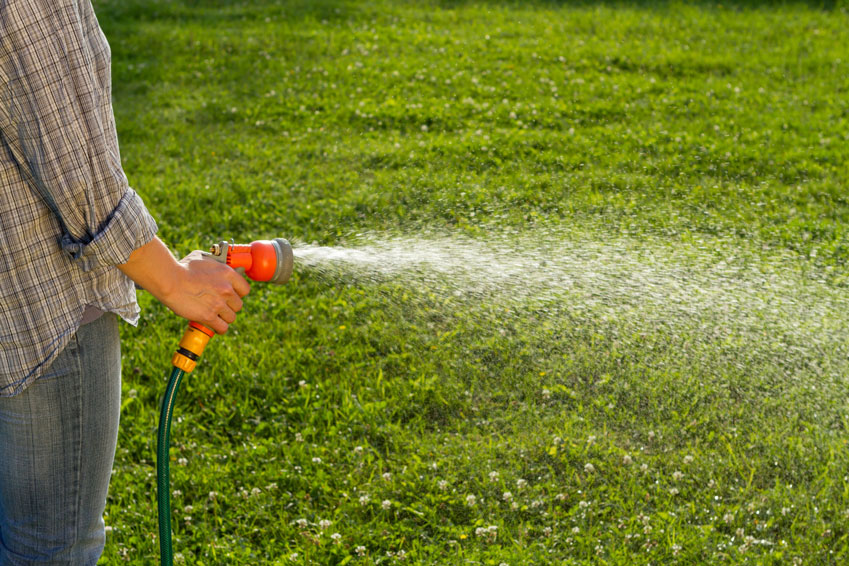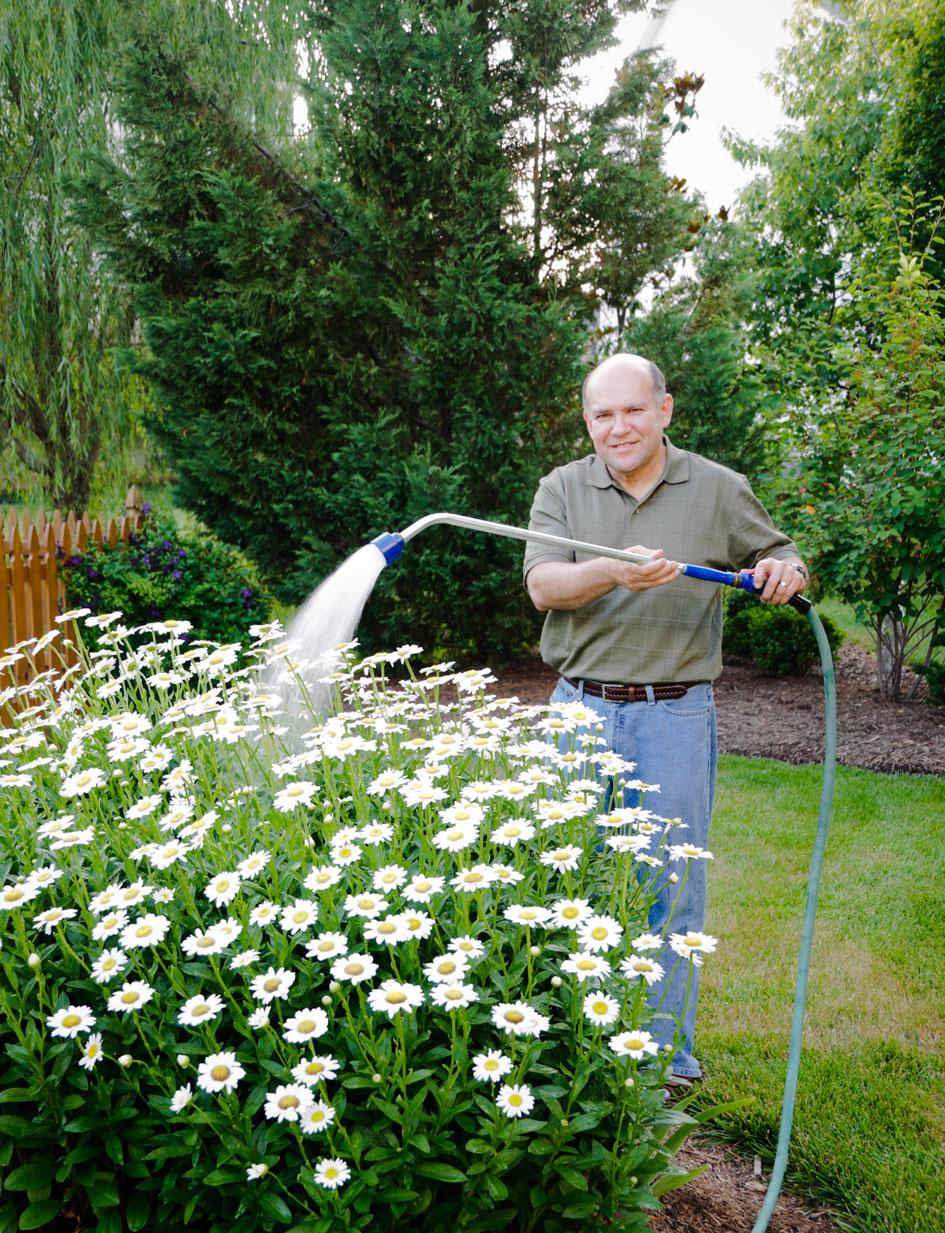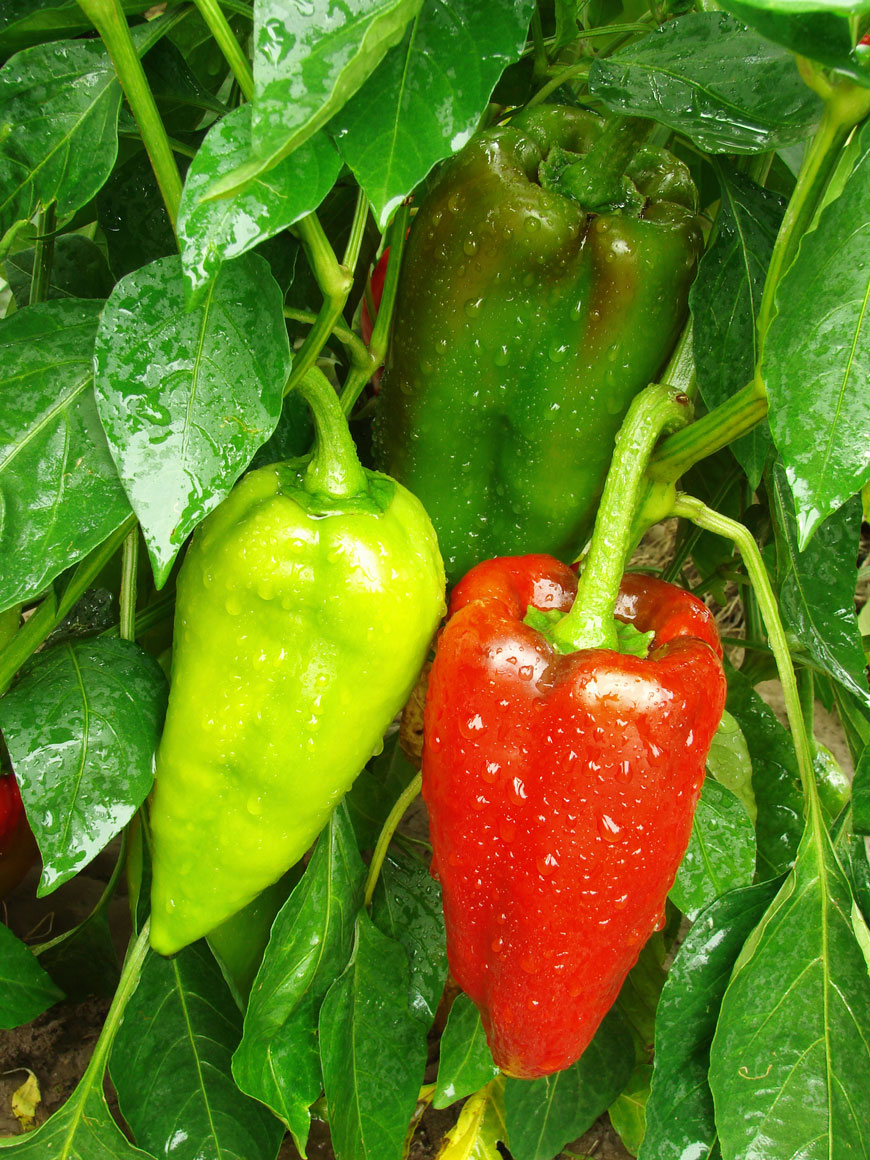According to the Environmental Protection Agency (EPA), watering your lawn or garden is estimated to account for almost one-third of all residential water use, totaling more than 7 billion gallons per day.
Watering Your Landscape
There are many variables when it comes to watering your yard and gardens - the weather, the amount of sun the area receives, sprinkler vs. soaker hose, humidity level and, most importantly, the soil and plant material you are watering. There is a lot of new information about planting sustainable landscapes including xeriscaping - planting drought-tolerant plants in areas of a landscape that are difficult to water. “Right plant, right place” is an important phrase to remember when considering planting in an area where a water spigot is not available or, on a larger scale, planting in a part of the country where water usage is restricted.
Xeriscaping
and xerogardening refer to landscaping and gardening in ways that reduce or eliminate the need for supplemental water from irrigation. It is promoted in regions that do not have easily accessible, plentiful, or reliable supplies of fresh water, and is gaining acceptance in other areas as climate patterns shift.
Compost is the single most important supplement you can give your garden soil.
Composting is a simple way to add nutrient-rich humus which fuels plant growth and restores vitality to depleted soil. It’s also free, easy to make and good for the environment.
Composting Benefits
Soil conditioner. With compost, you are creating rich humus for lawn and garden. This adds nutrients to your plants and helps retain moisture in the soil.
Recycles kitchen and yard waste. Composting can divert as much as 30% of household waste away from the garbage can.
Introduces beneficial organisms to the soil. Microscopic organisms in compost help aerate the soil, break down organic material for plant use and ward off plant disease.
Good for the environment. Composting offers a natural alternative to chemical fertilizers.
Reduces landfill waste. Most landfills in North America are quickly filling up; many have already closed down. One-third of landfill waste is made up of compostable materials.
Click here to find out what to compost.
-eartheasy.com
Frequency and Rate of Watering
Plant type and soil type are the two most important factors when determining how much to water and how often. Most people just look at plants to see if they have begun to wilt - that indicates the plants need water, right? Wrong. Plants that have begun to wilt have already suffered water stress - a condition that should be avoided because it can lead to a weakened plant that cannot defend itself against insects, diseases and the elements. Sometimes plants wilt in the heat of midday sun. In most cases, this is not a concern and watering at this point may result in more than half the moisture evaporating from the soil surface. However, if you observe plantings wilting in the cooler conditions of early morning or evening, chances are they are in need of water.
As a rule of thumb, water infrequently and give plants a deep, thorough soaking. Frequent, shallow watering causes plants to produce shallow roots that cannot survive the heat and dry conditions of mid-summer months. Watering deeply and infrequently causes plant roots to grow deeply into the soil in search of the water, resulting in deeply rooted, more drought resistant plants.
Over-watering is as detrimental to plant health as under-watering. Typical gardens require about one inch of water per week (rainfall + irrigation), depending on the plant material and soil type. Over-watering plants creates conditions that are detrimental to plant health and invites diseases such as root rot and Verticillium. The root systems of plants require oxygen in addition to water. Over-watering fills the pores between soil particles, creating conditions that are anaerobic - without air - and literally suffocating the roots.
Letting the soil dry out somewhat between watering is one way to avoid this situation. An easier method of determining whether plants need water is to actually feel the top 6-8 inches of soil. Roots of most herbaceous plants reside in the top 8-12 inches of soil.
Clay soil will hold more water, and sandy soil will release water more rapidly. In both cases, organic matter should be added to the soil in order to improve its structure and increase the soil’s water-holding capacity for sand and aeration for clay.
Water Saving Tips for Lawn & Garden
Make sure you’re watering early in the morning to reduce evaporation. (Before 6 a.m. is best if your city regulations allow.)
Recycle your grass clippings back into your lawn by using a mulching mower. You’ll not only conserve water, but you’ll save time while mowing.
If you are planning a new landscape, consider a water-conserving landscape design that uses drought-tolerant plants native to your climate to reduce watering needs.
Put a layer of mulch around your plants to retain moisture. A generous amount of 3 to 5 inches is best.
If you use a hose and portable sprinkler, purchase a hose end timer to regulate your water use.
Sweep your sidewalks and driveway rather than hosing them down.
When you’re washing your car, turn the hose off between rinses.
Consider harvesting rainwater with your own rainwater collection system. Compact and easy to assemble, modern rainwater collection systems are great resources for your non-potable water needs and can help trim typically high water bills during the summer months.
Install drip irrigation systems around your shrubs, hanging baskets and flower and vegetable gardens. Delivering water right to the plant roots is the most efficient way to conserve. Drip irrigation uses up to 70 percent less water than conventional sprinklers.
Install a home irrigation system. Watering efficiently, and only when your plants and lawn need it, can save a great deal of water.
Make sure your irrigation system has a rain sensor that shuts off the watering program when it rains. Also, check the alignment of sprinkler heads once a season to make sure you are not watering your sidewalk!
Know your soil type. Different types of soil have different watering needs.
Raise the blade on your lawn mower. Closely cut grass requires more water.
Don’t fertilize during hot, dry weather—applying fertilizer can enhance drought problems. When you do feed your lawn and garden, use a slow-release fertilizer.
Know and follow the watering restrictions in your community.
-Original article byTom Kraeutler


